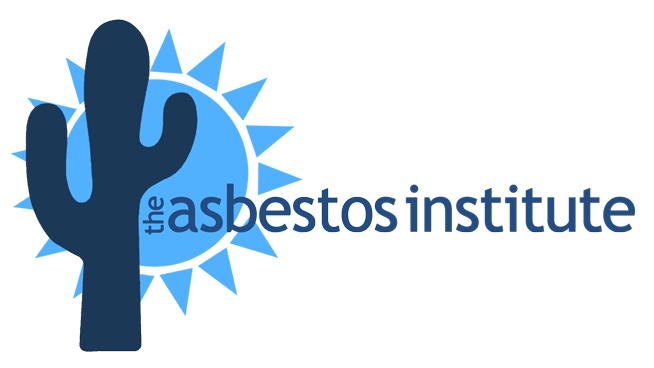Asbestos can be found in many unexpected places. Here are ten spots where asbestos may be found where you may not realize it. read on to learn more.
Seals And Sealants
Asbestos was often used in caulking in windows and doors until the 1970’s. It was also used on furnace doors, gasket seals, old coal chutes and other heat resistant areas.
Bowling Balls
Bowling balls can last for decades. And while most modern bowling balls are not made with asbestos, that perfect nine-pound, magenta bowling ball you chose at the bowling alley may actually be an older, asbestos-filled one.
Siding And Roofing
Most cement or asphalt composites used in roofing and siding are generally considered nonfriable, but those with a large paper make up are friable because they come apart with pressure. Both types release breathable particles of asbestos when cutting into or removed by tearing and pose a health hazard.
Talcum Powder
This seemingly harmless substance is raising red flags because of a dangerous risk of asbestos exposure. The connection between talc and asbestos involves the close proximity of the two minerals on the earth’s surface, which often results in contamination.
Ducts And Pipes
Old systems of steam piping and even some hot water plumbing are wrapped in asbestos-containing “blankets” that pose a serious risk when removed or cut without the help of a professional who uses protective measures to dampen the release of particles.
Crayons
Through independent tests, asbestos fibers were found in four of the 28 boxes of crayons tested, and two of the 21 crime-scene fingerprint kits.
Books And Bindings
“Fahrenheit 451” has a notorious past for being bound with asbestos in hopes the book would never be burned. It is not the first time book bindings contained asbestos. In fact, reports show bookbinders were exposed to asbestos in the mid-1900’s.
Ceiling Tiles
Obvious forms of asbestos ceiling tiles are the 9 by 9 inch (22.86 by 22.86 cm) or 12 by 12 inches (30.48 by 30.48 cm) white or off-white panels held up in a grid system. Adding or removing a tile involves pushing it up from the grid frame and angling it down and out or up and in place. Basements in homes, in particular, might feature the tiles because of their soundproof qualities and low cost. It’s estimated that 5 to 10 percent of the ceiling tiles in the U.S. contain asbestos.
Wallpaper
Removing layers of old paper that have hung in there, adhering to walls for decades, is a remodeling project of major proportions. It involves lots of time and elbow grease. In homes papered before 1980, it can even be downright dangerous to undertake wallpaper removal because many vinyl papers before that time contain asbestos
Asbestos, OSHA & AHERA Training Via Classroom & Online
The Asbestos Institute has provided EPA and Cal/OSHA-accredited safety training since 1988. From OSHA 10 to hazmat training and asbestos certification, our trusted and experienced instructors make sure participants get the high-quality initial and refresher training they need.
Classroom
We train on-site at our headquarters in Phoenix, AZ or at our clients’ sites across the U.S. We offer both English and Spanish courses. Browse Classroom Classes
Online
Online courses allow you to align your learning with your personal schedule. This is a great option for students with family and work commitments. Browse Online Classes
Webinar
Live webinars allow you to watch instructors on demand from the comfort of your home or office. Learn, chat with other students, and ask questions in real-time. Browse Live Webinars
Disclaimer
The Asbestos Institute is not the official authority to determine OSHA training requirements, which are set forth in the Occupational Safety and Health Act of 1970. OSHA regulations are always being revised, added, and/or deleted, so you must not rely on The Asbestos Institute as the official authority of OSHA asbestos training requirements. Visit the official OSHA Asbestos Training Requirements page here.


